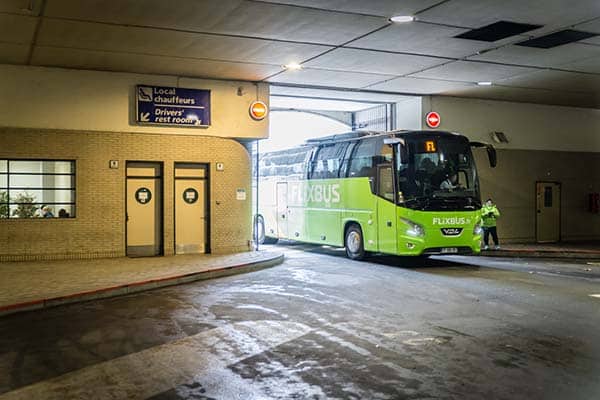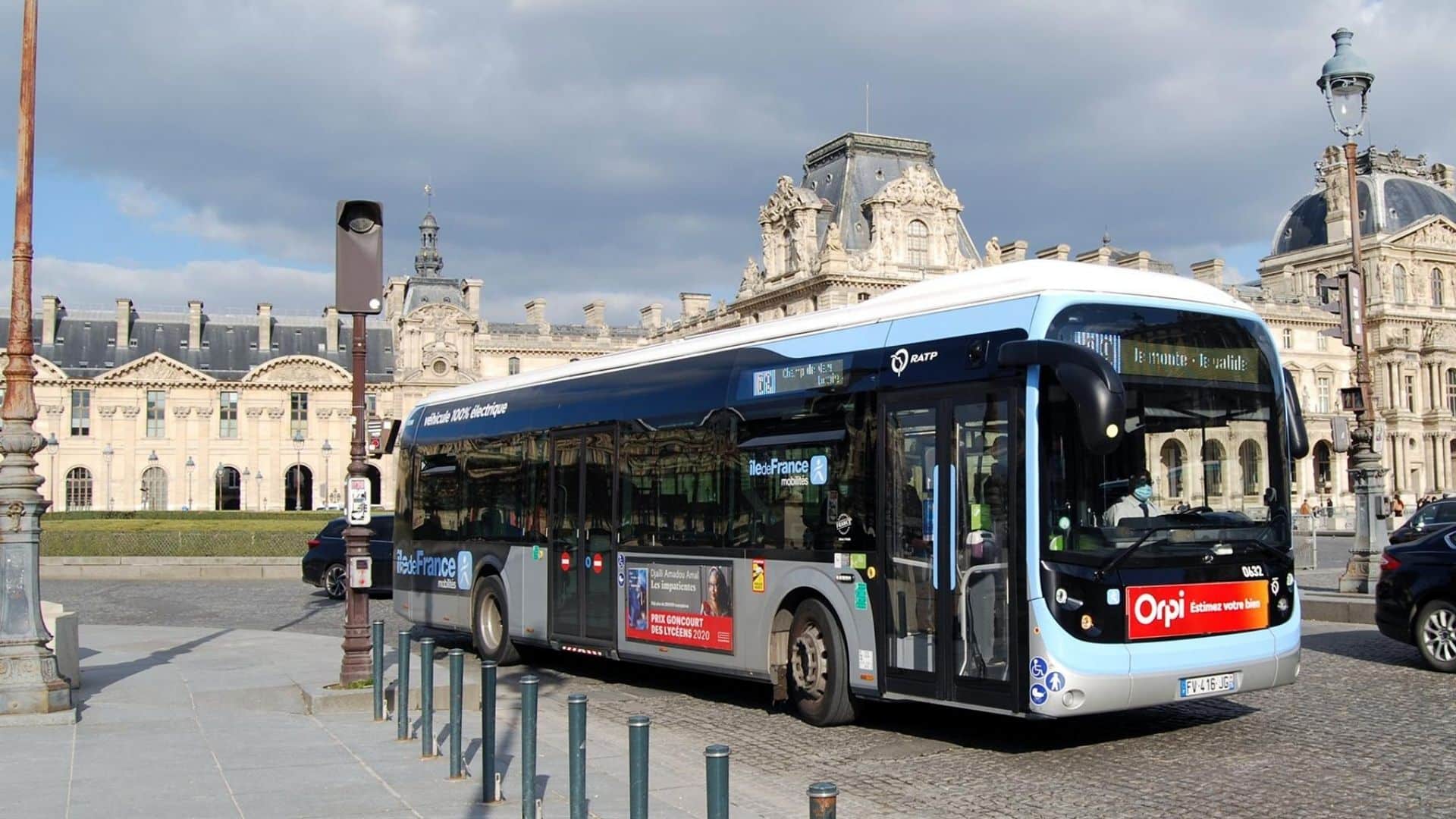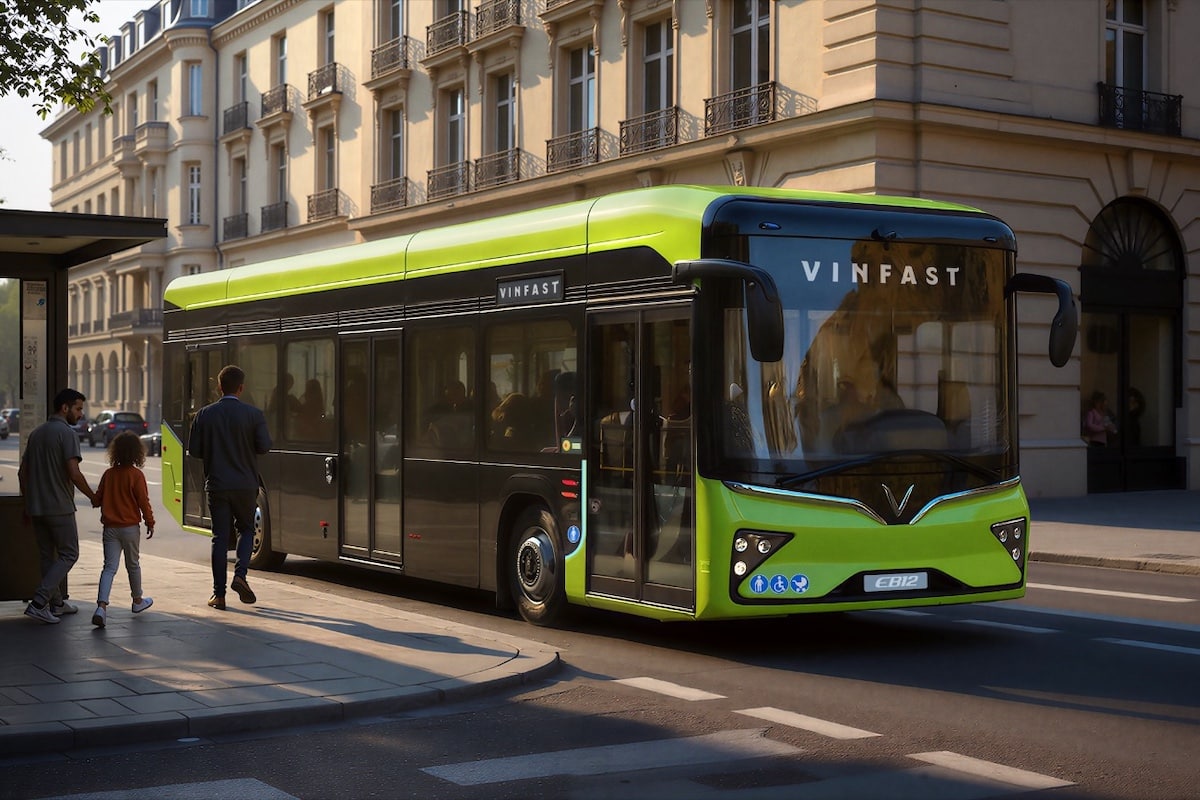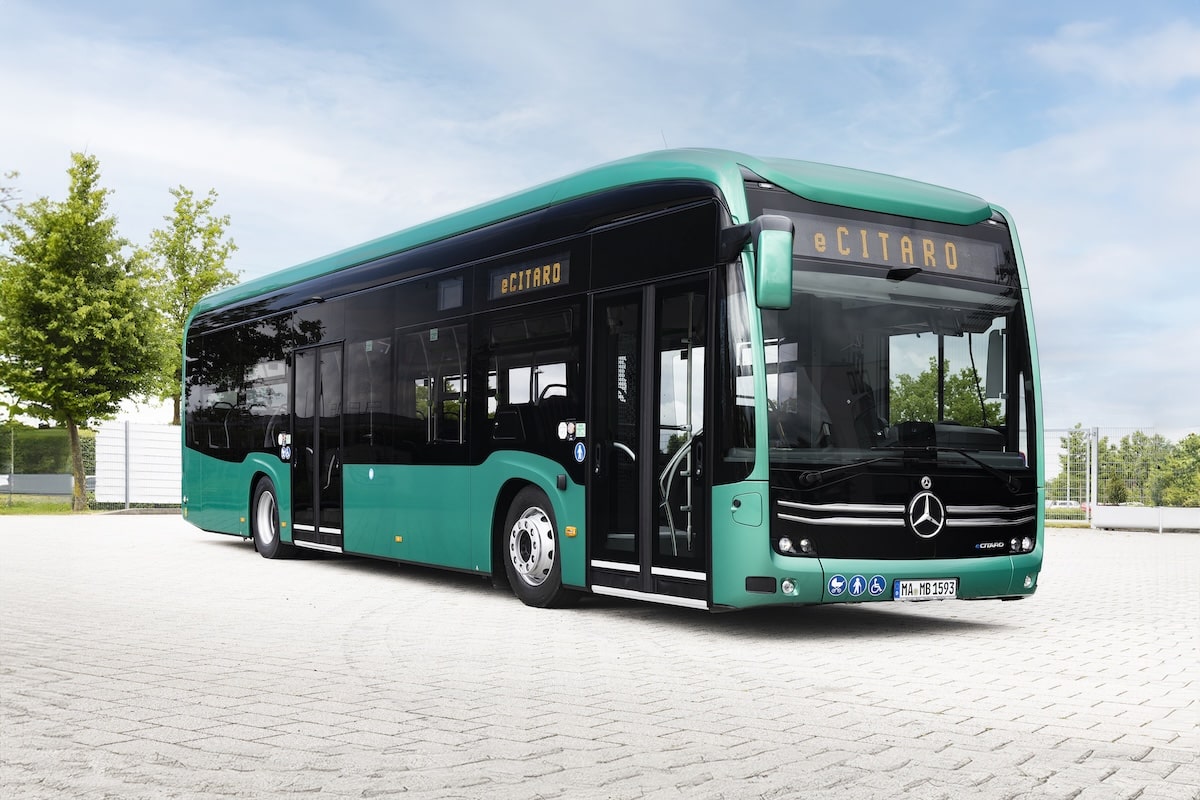Hidalgo steps down, Bercy bus station saved until 2030

The Paris-Bercy bus station will continue to operate until 2030, according to a recent announcement by the prefect of Île-de-France.
This is not the end of the war, but an important battle has been won against the City of Paris and its mayor, Anne Hidalgo. Indeed, the absurdity of eliminating the Paris-Bercy bus station has been called out. This decision follows a meeting between the Paris city hall and the concerned transportation operators. Since 2017, this station has been welcoming nearly 5 million travelers annually.
Initially, the Paris municipality, under the impetus of Anne Hidalgo, planned to close the site after the 2024 Olympic Games. This closure was part of a strategy aimed at reducing bus traffic in central Paris to decrease urban congestion. However, this prospect, deemed unrealistic and rushed, raised concerns among transportation companies and users who consider this infrastructure essential.
A Criticized Municipal Management
Anne Hidalgo and her administration are regularly criticized for their contested management of urban planning and transportation in Paris. Many decisions made under her leadership are seen as dogmatic, poorly planned, and counterproductive. The anticipated closure of the Bercy bus station was part of a broader policy of restricting mobility, conducted without in-depth consultation with economic stakeholders and residents.
Anne Hidalgo’s role in the degradation of mobility in Paris is a recurring subject in criticisms directed at the city hall. Her ideological approach to A Glossary of Offenses and Fines if you Circulate in Paris and motorized transport, without viable alternative solutions, leads to poorly thought-out and ineffective measures. The closure of essential lanes, the anarchic installation of bike lanes, the multiplication of traffic restrictions, and the explosion in parking costs are all examples of decisions that harm Parisians and users.
ALSO READ: The air quality mapping does not inspire confidence in taking the Parisian metro
For instance, several traffic routes have been drastically reduced under the pretext of calming traffic, but these measures have generated increased saturation on secondary roads, more traffic jams, and worsened traffic conditions for public services and professionals. Meanwhile, shops, restaurants, and places of social life are going bankrupt, and wandering around the capital has become a grim experience. One of the many consequences is the disillusionment of residents with staying in Paris, preferring to move to the suburbs or provinces where the cost of living and quality of life are now much higher. For proof, the price per square meter in Paris is collapsing: down 7% on average in 2024!
This rigid and often ideological approach to urban transport, aimed at prioritizing a purely cycling and pedestrian vision, results in a series of dysfunctions for daily users. Some residents can no longer return home and tourists are requested not to come by sightseeing bus.
Regularly Criticized Infrastructures
However, the Paris-Bercy bus station is often criticized for the dilapidation of its facilities and the insufficient quality of services provided to travelers. In 2023, the Transport Regulatory Authority (ART) highlighted these shortcomings, emphasizing the need to improve infrastructure to meet user expectations. Industry professionals have been calling for a deep modernization for several years, regularly citing European examples such as Berlin or London.
For example, the Berlin International Bus Station (Zentraler Omnibusbahnhof Berlin – ZOB), inaugurated in 1966, has undergone renovation and expansion projects to improve its infrastructure and services. These initiatives aimed to increase the number of parking spots and modernize the facilities to better meet growing demand.
A Potential Future in Saint-Denis-Pleyel
After 2030, there are plans to transfer bus station operations to a new site located in Saint-Denis-Pleyel, north of the capital. This future hub would benefit from better access via metro lines 13 and 14, thereby enhancing intermodality and improving the passenger experience.
The Saint-Denis-Pleyel area is undergoing significant transformation, notably with the Pleyel urban crossing project designed by architect Marc Mimram. This project aims to connect the neighborhoods of Saint-Denis to the currently isolated Pleyel area, and to ensure connections between the Carrefour Pleyel metro station (line 13) and the future Saint-Denis Pleyel station, which will host lines 14, 15, 16, and 17 of the Grand Paris Express, as well as line D of the RER.
The Paris metro line 15, an integral part of the Grand Paris Express, is currently being developed to improve connectivity around the capital. The western section of line 15, linking Pont de Sèvres to Saint-Denis Pleyel, is currently in the planning and construction phase, with entry into service expected around 2031.
What’s Next for Paris-Bercy After Hidalgo Leaves?
The extension of the Paris-Bercy bus station’s activity until 2030 provides greater visibility to sector stakeholders and travelers. However, this announcement does not address the underlying issue: municipal policy remains hostile to intercity transport and essential road infrastructure, ultimately threatening the fluidity and practicality of travel in and around the capital. Will this policy change after the next municipal elections in 2026?
ALSO READ: A Glossary of Offenses and Fines if you Circulate in Paris
This page is translated from the original post "Hidalgo abdique, la gare routière de Bercy sauvée jusqu’en 2030" in French.
We also suggestthese articles:
Also read






